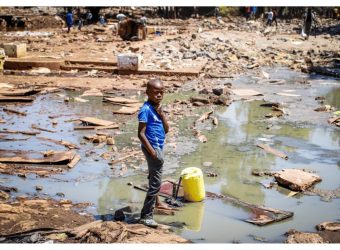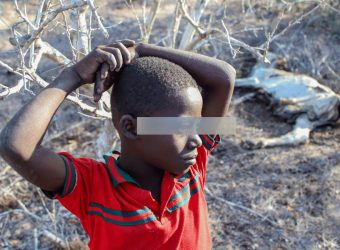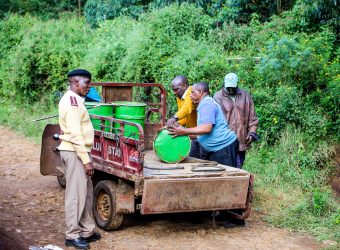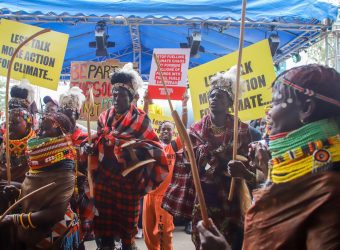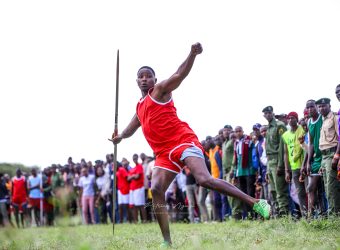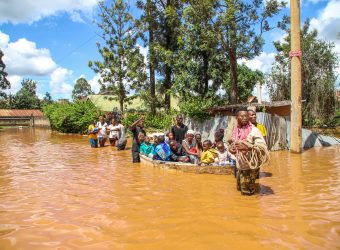
Hi, I’m Patrick Ngugi, a photographer based in Nairobi with a passion for storytelling that makes an impact. My work focuses on news and climate change photography—capturing the moments that matter, the stories that need to be told, and the realities that shape our world. Through my lens, I bring to light the human side of global challenges, whether it’s covering breaking news or documenting the effects of climate change on communities here in Kenya and beyond. I believe that a single image has the power to inform, inspire, and move people to action. Working with media outlets, NGOs, and other organizations, I aim to create visuals that resonate deeply and foster change. If you’re looking for powerful, story-driven photography, I’d love to explore how my work can help bring your vision to life. Feel free to take a look at my portfolio to see the world as I see it—or reach out if you’d like to connect!
Hi, I’m Patrick Ngugi
a
Climate Photojournalist
Environmental Storyteller
Impact Photographer
In my work, I use photography as a lens through which to reveal the urgent realities of climate change, guiding viewers through each image and every story. I don’t capture these moments just for visual impact, but to illuminate and simplify the complex ways climate affects our world
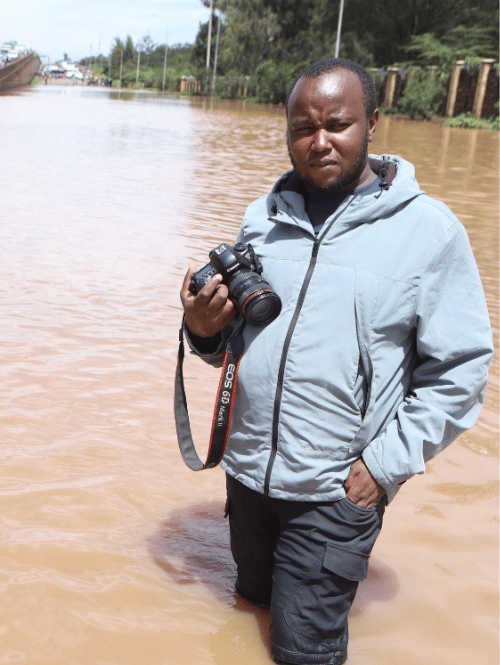
About Me
I’m Patrick Ngugi, a Nairobi-based photographer specializing in powerful reportage that captures the real-world impacts of climate change. My work focuses on the effects of extreme weather, particularly flooding, and droughts in Kenya, to reveal the human and environmental cost of our changing climate. Each image tells a story to inspire awareness and action, bridging the gap between data and lived experience. I collaborate with NGOs, media outlets, and advocates to bring these urgent stories to light.
Let’s connect to explore how my photography can support your climate-focused projects.
What I Do
Climate Storytelling
I capture powerful visuals that reveal the human and environmental impacts of climate change.
Environmental Reportage
Through photo essays, I document pressing environmental issues in Kenya and beyond.
Extreme Weather Photography
I photograph the effects of extreme weather, showcasing climate change’s real-world impact.
Photography for Impact
My images aim to inform and inspire action on urgent environmental challenges.
Climate Project Collaboration
I partner with NGOs and media to create visual stories that amplify climate advocacy.
Portraits in Climate Contexts
I highlight the resilience of individuals and communities facing climate change.
My Recent Work
Kenya Flood Cholera
This series documents the devastating impact of recent floods in Kenya, which have led to a widespread cholera outbreak. Through stark and compelling visuals, I capture the challenges faced by affected communities, from contaminated water sources to overwhelmed healthcare systems, revealing the urgent need for sustainable solutions and immediate relief.
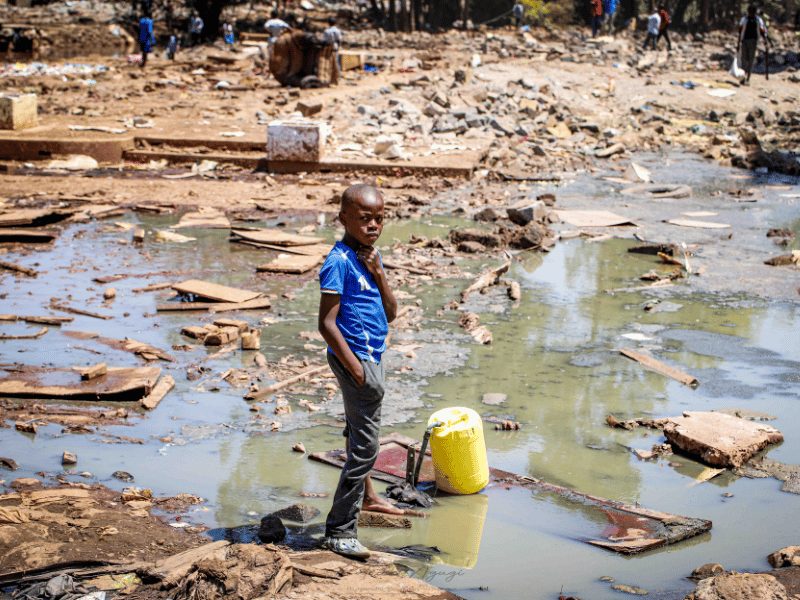
Kenya Floods
This series captures the severe flooding in Kenya, showcasing its devastating effects on communities, infrastructure, and landscapes. Through vivid imagery, I reveal the challenges of displacement, loss of livelihood, and the resilience of those impacted, highlighting the urgent need for climate adaptation and sustainable solutions.
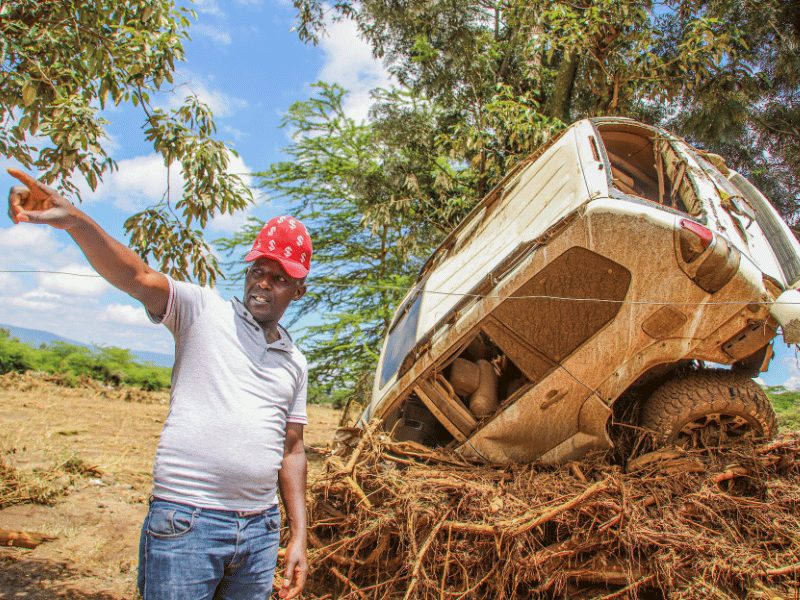
Kenya Desert Locust
This collection documents the locust swarms ravaging Kenya's Samburu landscapes, threatening food security and livelihoods. Through powerful visuals, I captured the scale of devastation caused by these relentless desert locust and the resilience of communities grappling with this climate-driven crisis.
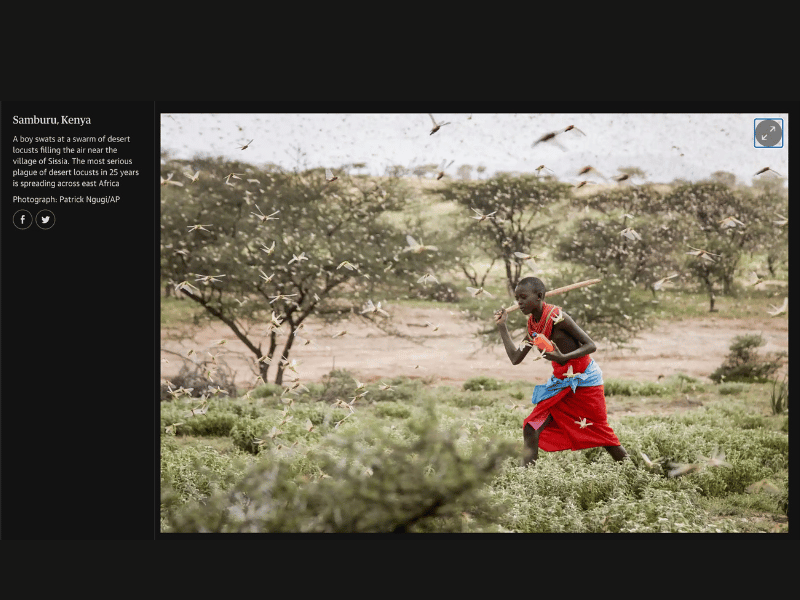










Sample Testimonials

Silvester Khan USAID
His work combines artistry with emotion, creating images that resonate long after you've seen them.

Waiyego Ikenye European Union
Patrick has an incredible eye for detail, capturing moments that feel authentic and alive—every photo tells a story.

Eliud Sam Publicist
Patrick brings a creative vision and professionalism that makes every session an absolute pleasure

Kimani Sam Engineer
With Patrick behind the lens, you’re guaranteed images that are thoughtful, striking, and memorable
My Pricing
Whereas am open to working with different Job descriptions and Different Lengths,
Here is a simple Pricing guide for your Photography needs. Am available for Work today!
STARTER 1-2hrs
Try and decide.KES 15000
BUNDLE 12 Hrs Max
Try and decide.KES 49999
My Blog
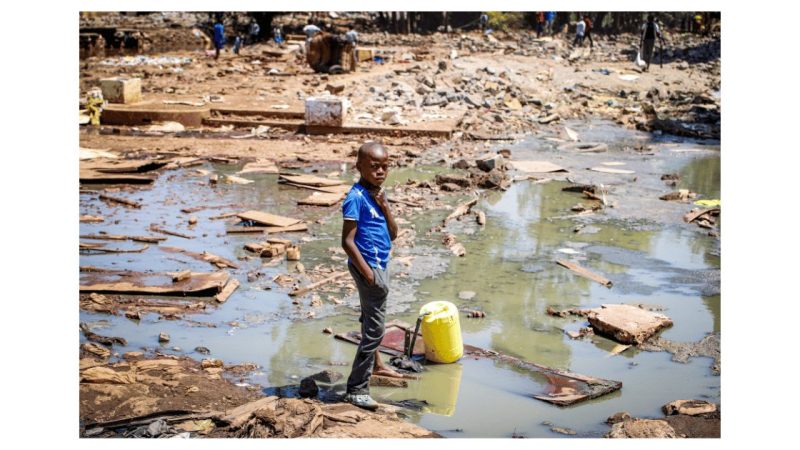
Cholera Rise After Floods in A rise for Survival in Mathare
In the heart of Nairobi, where the city’s skyline gives way to crowded slums and makeshift homes, the air is thick with despair. The recent floods had swept through the forgotten alleys of Mathare, bringing with them more than just the smell of decay and destruction. They had left behind a lingering danger – a silent killer – that no one could see but everyone could feel.
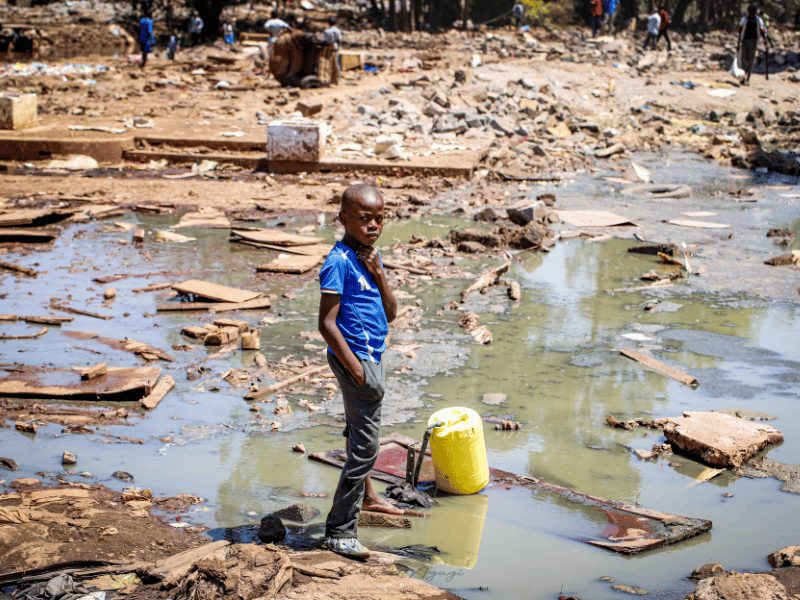
The day was sweltering, yet the ground remained sodden with the aftermath of days of relentless rain. The children waded through the murky, trash-filled waters as if it were an ordinary walk to school. Their tiny feet, bare and exposed, splashed in puddles that shimmered with oily rainbows from the refuse swirling around. It was a scene almost apocalyptic, yet for the residents here, it was just another day.
A Child’s Innocence Amid the Ruins
Nine-year-old Mercy held two plastic jerrycans full of water in her tiny hands, her dark skin gleaming with sweat. Her brow was furrowed with the seriousness of someone far older than her years. She, along with her younger sister, had been sent by their mother to fetch water. The river – once a vital lifeline to the slum’s survival – had transformed into a toxic brew of waste, sewage, and the remnants of what the floodwaters had carried downstream.
As she carefully made her way toward the water’s edge, avoiding the sharp edges of broken plastic and discarded food wrappers, her bare feet slipped slightly in the mud. Her eyes met mine briefly, and in them, I saw a world of resilience – a strength born out of necessity.
“We don’t have a choice,” she said, her voice steady despite her age. “We need water, but we know it may make us sick.”
Behind her, a group of children huddled together, playfully competing over who could gather the most debris. Their laughter seemed jarring against the backdrop of destruction, a poignant reminder that even in the harshest conditions, life finds a way to persist. But with every splash they made in the water, a new ripple of danger was sent forth – cholera, typhoid, dysentery – names that lurked unseen beneath the surface of the brown, stagnant water.
The Forgotten Victims of Climate Change
Across the polluted stream, James Ochieng, a father of five, stood with a wooden stick, helping two young boys retrieve their soccer ball, which had rolled into the debris-filled water. The makeshift bridge, a shaky structure of rusted metal and weathered wood, had become a battleground against the floods, which had destroyed most of the footpaths and left the community stranded on either side of the polluted river.
“When the floods come, they take away our lives,” he said, his voice hoarse, not from sickness, but from years of shouting above the daily grind of the slums. “We don’t need scientists to tell us about climate change. We see it every day. The rain used to come, but not like this. This… this is not normal.”
He gestured towards the river, where pieces of garbage floated by. “Look at this. This water, it’s poison. But what can we do? The government doesn’t come here. The world doesn’t care about us.”
Waterborne Diseases: The Unseen Enemy
The dirty water was only part of the problem. For the people of Mathare, the floods had brought with them a wave of diseases that no one was prepared to fight. Local clinics were overwhelmed, understaffed, and under-resourced. Cases of cholera and dysentery had spiked, particularly among children. The bacteria thrived in the contaminated water, infecting those who drank it, bathed in it, or even touched it.
In one corner of the slum, near the communal latrines, a group of women had gathered to wash clothes. Fresh puddles of water pooled at their feet, each splash another potential infection. Mary, a middle-aged mother, bent over a tub, her hands raw from scrubbing. She had heard of the waterborne diseases spreading through the community, but her worry was mixed with resignation.
“My youngest has had diarrhea for days,” she whispered, eyes darting toward her one-year-old son playing nearby. “I took him to the clinic, but they said there’s no medicine. What can I do? If we don’t wash our clothes, we’ll get sick. If we use this water, we’ll get sick. It’s like we are trapped.”
The desperation in her voice was palpable, an echo of the feelings shared by hundreds of families across the slum. There was no escaping the water, no escaping the disease. Every action carried a risk, and every day felt like a balancing act between survival and succumbing.
A City’s Neglect, A People’s Strength
For years, Nairobi’s slum dwellers have been forgotten by the systems meant to protect them. The floods had become more frequent and more devastating, yet the city’s infrastructure had remained inadequate. Trash collected in rivers, blocking drainage and amplifying the floods when the rains came. Buildings – hastily constructed and often unregulated – crumbled under the weight of the water, turning homes into death traps.
And yet, amid the neglect, there was resilience. Families like James’s continued to find ways to survive, children like Mercy still fetched water despite the dangers, and mothers like Mary still washed their clothes in the polluted streams. They fought, not just against the water, but against a system that had abandoned them long ago.
The rains would come again, that much was certain. And with them, so too would the diseases, the floods, and the fear. But as I walked away from Mathare, I couldn’t help but feel a deep respect for the people who lived there. They weren’t just victims of climate change or government negligence – they were survivors, doing everything they could to keep their heads above water in a world determined to drown them.
As the sun began to set over Nairobi’s skyline, casting a golden hue over the slum’s makeshift homes, I realized that the true story of this place was not just about floods or diseases. It was about the strength of the human spirit – the ability to endure, to fight, and to hope, even in the face of overwhelming odds.
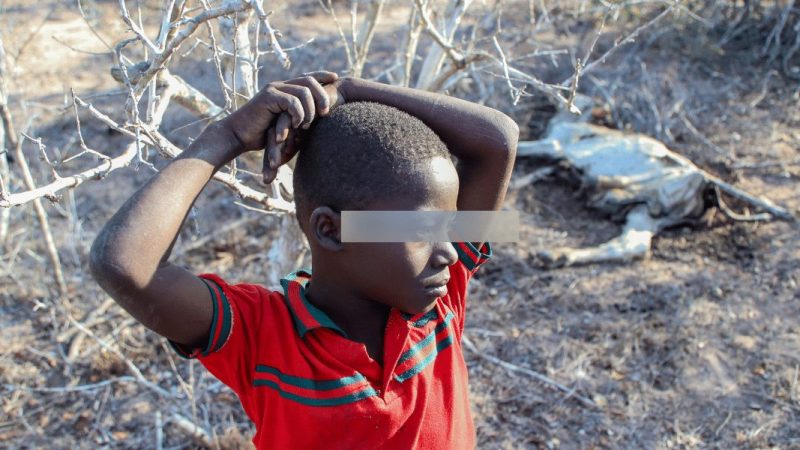
Drought Crisis as Climate Change Hits Ganze, Kilifi County
A searing sun beats down on Ganze, Kilifi County, turning the once fertile ground into a parched, cracked desert. The scent of desperation and struggle hangs in the air, carried by the hot wind that sweeps across the region. Ganze, a rural community in Coastal Kenya where agriculture and livestock are lifelines, has been brought to its knees by an unrelenting drought. Families here live on the edge, constantly battling against nature’s fury.

Amid this harsh reality, a young boy stands under the skeletal branches of a dying tree. His red shirt, once vibrant, now looks worn and faded, much like the landscape surrounding him. His eyes are fixed on the distance, lost in thought as his hands rest atop his head. Behind him, the carcass of a cow lies motionless on the ground. What was once a symbol of wealth and survival for his family has now become just another casualty of the drought.
“We are watching our land die, our cattle die, and our hope fade. If the rains don’t come soon, I don’t know how we’ll make it through the next season.” Katana, a resident of Milore Village, told us.
The cattle in Ganze, central to the livelihoods of many, have been the hardest hit by this crisis. With water sources drying up, livestock have become frail, unable to survive the long journeys to find food and hydration. The boy’s expression tells the story of an entire community—resilience battered by loss.
Not far from the boy, Kazungu Kenga, 57, wades into a shrinking waterhole, gripping the horns of his remaining cow. He pulls the animal closer to the water, urging it to drink while there’s still time. His frail body, worn by years of struggle, moves slowly but with deting another casualty of the drought.
Mutuma Karani, Local Herder: “Every day feels like a battle for survival. Our cattle are our lifeblood, but now, it’s a race against time to keep them alive. The rains used to be predictable, but now they’re just a memory.”
In Ganze, survival is a balancing act. The waterhole, once a haven for herders and their livestock, now struggles to provide for the few animals that remain. The banks, cracked and dry, are a reminder of just how much the climate has shifted. Elders recall a time when the rains were regular, and the pastures were green, but those memories are fading as the harsh realities of climate change take over.
Wekesa Omondi, Ganze Elder: “I have lived through many droughts, but nothing like this. Our ancestors knew the land and the weather patterns, but the climate is no longer something we can predict. We pray for rain, but the skies remain silent.”
A short distance away, another herder stands by the edge of the waterhole, surveying his cattle. The once-lush grazing lands are now barren, and the only water source left is dwindling fast. He wears a look of resignation, knowing that even the waterhole, which has sustained his community for generations, may not last much longer. The cows, once symbols of wealth, are now desperate creatures fighting for survival, and their emaciated frames reflect the severity of the crisis.
Juma Hassan, Waterhole Guardian: “We used to have enough water for everyone, even the livestock. Now, it’s a struggle. We have to make difficult decisions about who gets water, and the animals are dying right before our eyes.”
For these pastoralists, climate change is not just an abstract concept debated in distant conference rooms. It is a daily battle for survival, a struggle for the most basic of needs—water, food, and shelter. The drought in Ganze has pushed communities to the brink, leaving them vulnerable to hunger, disease, and displacement.
Yet, even amid this devastation, there is resilience. The boy in the red shirt, though surrounded by death and loss, stands with his hands on his head, as if in defiance of the forces threatening to consume his world. The elderly man, tired but determined, refuses to let his last cow die. And the herder by the waterhole, though facing the loss of his livelihood, continues to stand tall, watching over his cattle with hope that the rains will one day return.
The drought in Ganze is a stark reminder that climate change is not a future threat; it is a present crisis. As global temperatures rise and weather patterns become increasingly unpredictable, the people of Ganze, like many others across Kenya, are left to grapple with the consequences. The question remains—will the world take notice before it’s too late?
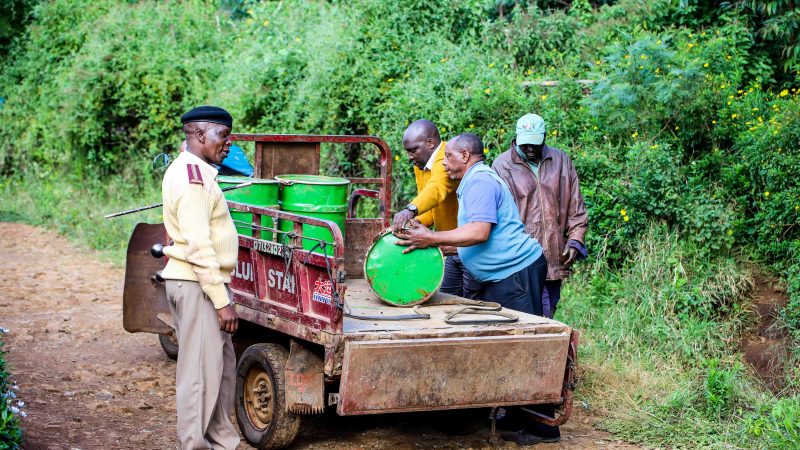
Sodium Cyanide Chaos in Kiambu. The Looting and Safety Warnings
As I arrived in Kambembe, Rironi, the reality of the sodium cyanide truck spill struck me immediately. The site of the overturned truck, which had carried 22 tonnes of sodium cyanide destined for Uganda, was eerily quiet, save for the lingering danger invisible to the naked eye. Residents, unaware of the lethal threat, had descended upon the accident scene days earlier, looting some of the scattered containers. It was a stark scene of chaos and human vulnerability.
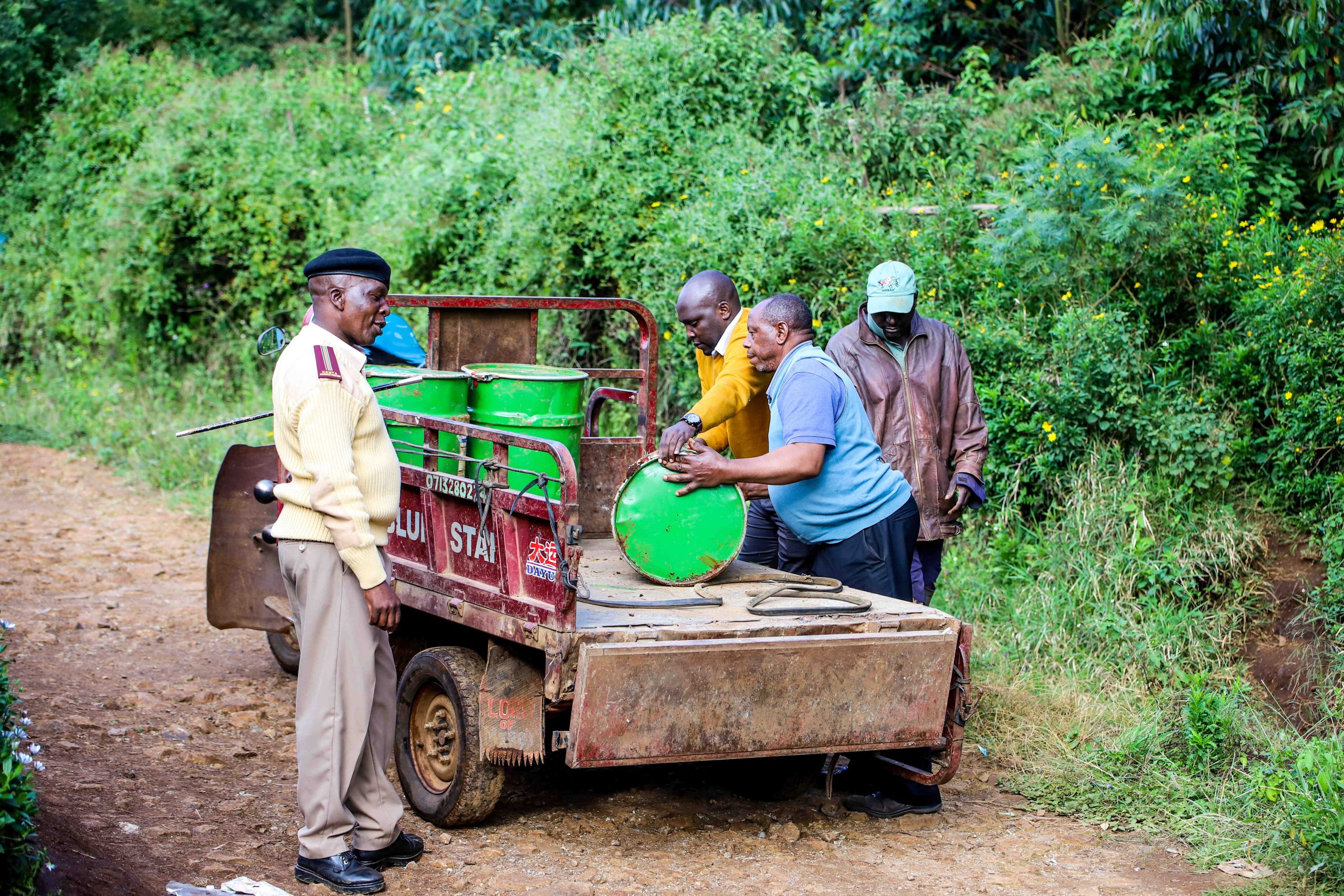
Before the Incident. The Silent Hazard
Sodium cyanide, often used in the mining of gold, is a highly toxic substance. Even minimal exposure—whether by touch, inhalation, or ingestion—can lead to severe health complications, including headaches, dizziness, and even death. Tragically, few locals understood this as they collected the spilled material for unknown purposes, inadvertently endangering themselves and their families.
During the Incident: Chaos and Misunderstanding
“I thought it was some kind of fertilizer,” confessed John Mwangi, a farmer from the area who had unknowingly taken a drum of the substance home. By the time authorities arrived, the damage was done—20 containers were reported missing, and the region was on edge. Heavy rains shortly after the accident raised fears of contamination spreading into water sources, potentially devastating the local ecosystem.
Kiambu’s Minister of Health, Dr Elias Maina, accompanied by other officials, toured the site to address residents. Their warnings were clear: sodium cyanide is a silent killer. Public education campaigns sprang up overnight to inform locals of the risks. A visibly shaken Mwangi returned his stolen container to the area Chief, saying, “I had no idea it could be this dangerous.” The chief Spent the Long night Patroling the area, Begging the Villagers to Return this Dangerous Chemical.
After the Incident: A Community on Edge
The aftermath of the spill brought Kiambu into the national spotlight. Health officials, Community Health officials, environmentalists, and police joined forces to track down the remaining containers. Meanwhile, the transport company responsible dispatched experts to secure and retrieve the recovered chemicals. Governor Kimani Wamatangi urged the public to prioritize safety, promising rewards for the safe return of the stolen drums.
Despite these efforts, fear and uncertainty gripped the region. Mary Wanjiru, a mother of three, shared her anxiety: “We don’t know if our water is safe anymore. The rain might have carried the poison into our wells.”
The government initiated environmental surveillance to assess contamination and mitigate risks. In the coming days, cleanup teams worked tirelessly, but the specter of cyanide loomed large, leaving a community changed forever.
A Closing Reflection
As I left Kiambu, I couldn’t shake the haunting stories I’d heard—stories of fear, resilience, and human error. This tragedy underscored the need for public education about hazardous materials and stricter regulations on transporting such substances. For the people of Rironi, the incident would remain a painful reminder of the fragility of life and the perils of ignorance.
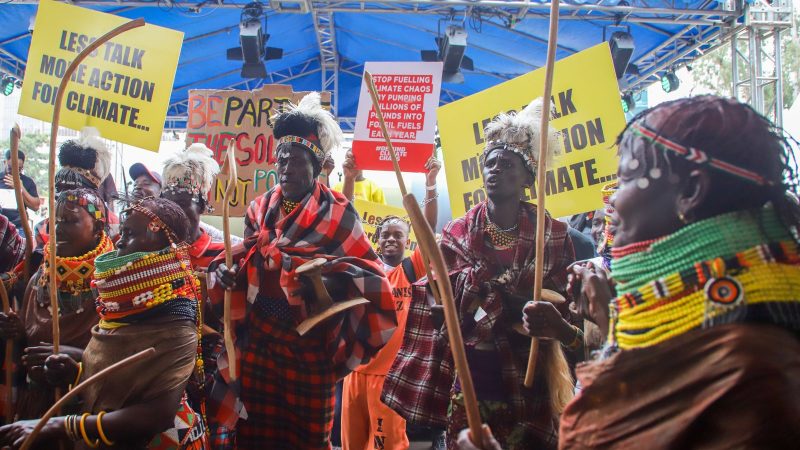
Africa Climate Summit 2023 Urgent Calls for Climate Action
In the heart of Nairobi, under the sprawling canvas of a clear blue sky, Africa made its stand. The Africa Climate Summit 2023 (ACS23) brought the world to Kenya, uniting leaders, activists, and communities from across the continent to tackle the ever-pressing challenge of climate change. The energy in the city was palpable as hundreds gathered, hopeful yet weary, ready to address a battle that Africa has long fought but rarely won.
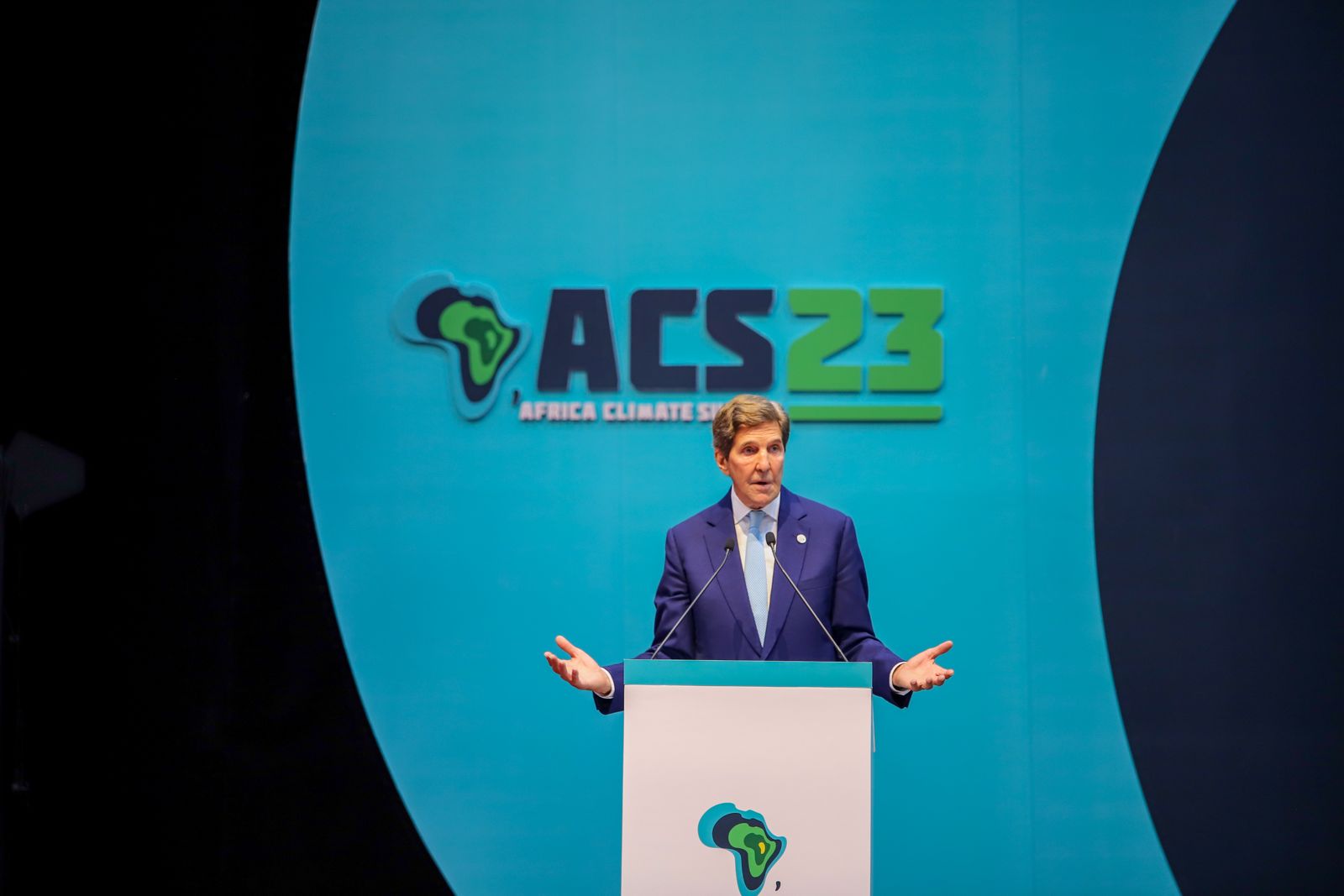
Africa’s Stand Against Climate Change at the ACS23
On the summit stage, U .S. Special Presidential Envoy for Climate John Kerry delivered a powerful address emphasizing the urgency of global action on climate change. Kerry highlighted the need for enhanced international cooperation and commitment to reducing greenhouse gas emissions, underscoring the importance of meeting the targets set in the Paris Agreement. Behind him, the bold letters of “ACS23” hovered, a testament to the scale of the event and its importance. Yet, despite the diplomacy, what unfolded outside the halls of the summit was the true voice of the people.
Outside the Africa Climate Summit 2023 People Cry for Climate Justice
Out on the streets, Turkana women, dressed in their traditional attire, stood proudly, a contrast to the polished suits inside. Their faces, weathered by the elements, bore the silent suffering of a people who had witnessed climate change firsthand. One of them held a sign that read, “Less talk, more action for climate.” It was a simple statement, but in those few words lay the frustrations of millions. The women’s beaded necklaces glistened in the sun, a reminder of the vibrant cultures that have lived in harmony with nature for centuries. Now, that very nature was turning against them, as droughts, floods, and erratic weather patterns threatened their way of life.
In front of them, a young boy, wrapped in chains as a symbolic gesture, held a bright red sign high above his head. “Stop fueling climate chaos by pumping billions into fossil fuels each year,” it read, the bold lettering mirroring the fierce determination in his eyes. His voice, like the cries of his generation, was loud and clear: the time for empty promises had passed. His chains clinked lightly with his every step, a powerful representation of the shackles of climate injustice that weighed heavily on the youth.
The contrast between the official summit proceedings and the grassroots protests outside could not have been more striking. While inside, polished speeches and elaborate agreements were being drafted, outside, the streets were alive with raw emotion. Indigenous communities, environmental activists, and concerned citizens marched side by side, their banners fluttering in the breeze, demanding the world take notice.
One elder, with deep-set eyes that seemed to carry the weight of generations, spoke quietly to a journalist. “We have lived with nature for so long, and now we are being punished for things we did not cause,” she said. “We are not the ones burning fossil fuels, but we are the ones facing the droughts. We are not the ones causing emissions, but we are the ones who cannot grow food.” Her words hung heavy in the air, filled with a profound sense of injustice.
Inside the summit, the rhetoric was polished, the atmosphere professional. Yet, the tension was undeniable. The African leaders in attendance knew that their countries contributed the least to global emissions yet suffered disproportionately from climate disasters. Their calls for climate justice resonated through the halls, urging richer nations to honor their commitments to financial support for climate adaptation and mitigation.
But it was the voices outside—the Turkana women, the chained boy, the elders—that carried the heart of the summit. As they chanted and marched, they called not just for financial aid, but for real, tangible action. Their message was clear: Africa cannot afford to wait any longer.
In the end, ACS23 will likely be remembered for more than just the agreements made behind closed doors. It will be remembered for the people who came together on the streets of Nairobi, demanding more than words. The summit may have provided a platform for dialogue, but the people provided the urgency, the raw humanity, and the emotional depth that showed the world what is truly at stake.
A Battle for Survival, Not Politics
The climate crisis is not just an abstract policy issue. It is the lives of farmers watching their crops wither under relentless heat. It is the children whose futures are being stolen by floods and droughts. It is the communities like those of Turkana, whose centuries-old ways of life are being erased. And for them, the fight for climate justice is not about politics—it is about survival.
As the summit came to a close, the speeches would soon fade from memory, but the cries of the people outside will echo long after. For Africa, the battle against climate change is not just a global fight; it is personal, and it is urgent. And as the banners in Nairobi made clear, there can be no more talk—only action.
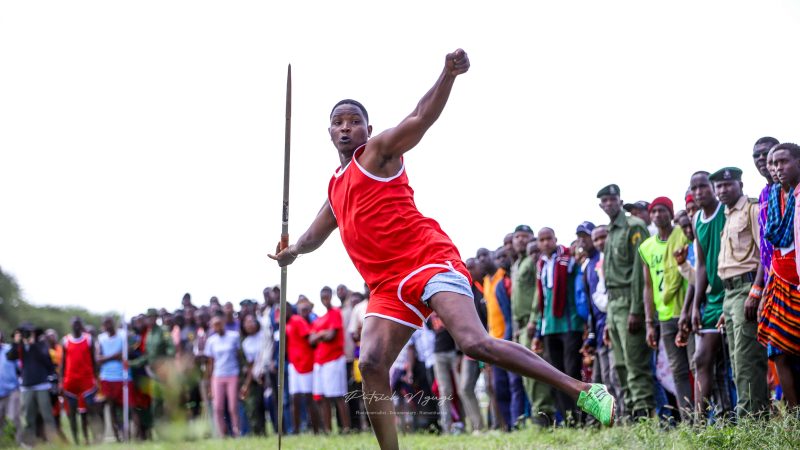
The Hunt for Medals, Not Lions in the Maasai Olympics
At dawn, the snow-capped peak of Mount Kilimanjaro rises majestically over the small town of Kimana. Its grandeur is a quiet reminder of the enduring spirit of the land and its people. I arrive at the Kimana Sanctuary, home to the annual Maasai Olympics, a groundbreaking event that replaces a centuries-old tradition of lion hunting with athletic competitions.
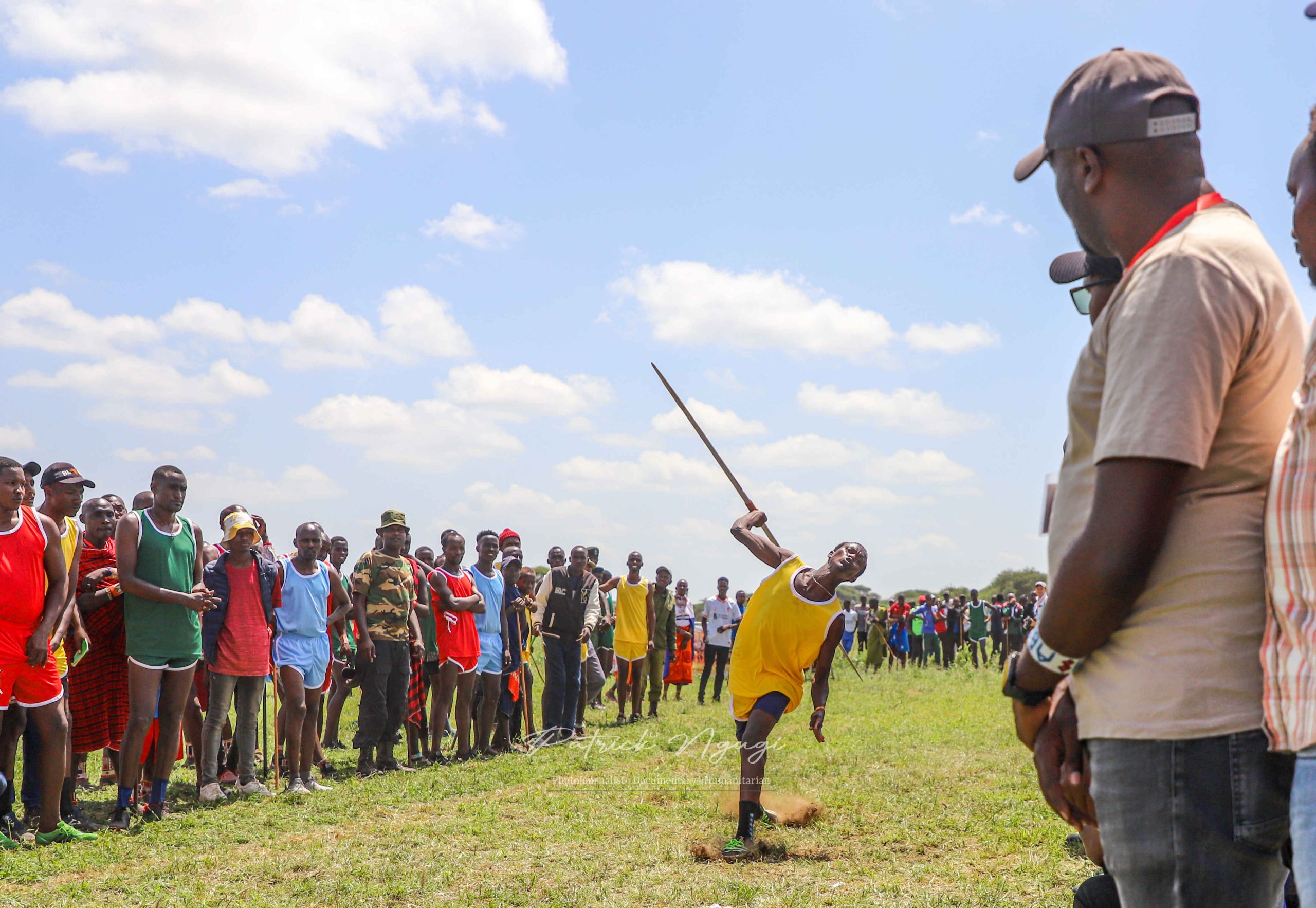
The Maasai, renowned as Africa’s most iconic tribe, have long been celebrated for their bravery and warrior culture. Yet, this tradition came at a high cost, both for the lions and the delicate ecosystem they inhabit. The Maasai Olympics, established in 2012, represent a transformative shift in how the Maasai morans (warriors) demonstrate their might and prestige. Instead of hunting lions to mark their passage into manhood, they now compete in events that highlight their traditional warrior skills, all while embracing conservation.
Mount Kilimanjaro is the Witness today
The journey to the event is striking. I cross acres of bean irrigation farms before arriving at the sanctuary nestled near a seasonal river, its culvert straining under the weight of silt. The Maasai’s vibrant shukas and intricate beadwork stand out against the dry savannah landscape. Here, tradition meets modernity, as warriors prepare to compete, not for survival, but for glory and conservation.
The day begins early. Groups of Maasai huddle over steaming bowls of soup, having traveled from their manyattas (villages) to spend the night here. The scent of roasted meat lingers in the air, a nod to their deep cultural ties to cattle. But today, the focus is not on feasting; it’s on proving themselves in the arena.
Maasai faces Dressed with the spirit of Competition.
Four manyattas; Kuku, Mbirikani, Eselenkei, and Rombo compete for the top prize: a breeding bull, a symbol of wealth and prestige. Each village dons a different color, their warriors exuding energy and determination. The events kick off with the 200-meter races, where Rombo takes an early lead. The crowd cheers wildly as Joseph Lekatoo, a 34-year-old veteran of the games, dominates the javelin and high jump events.
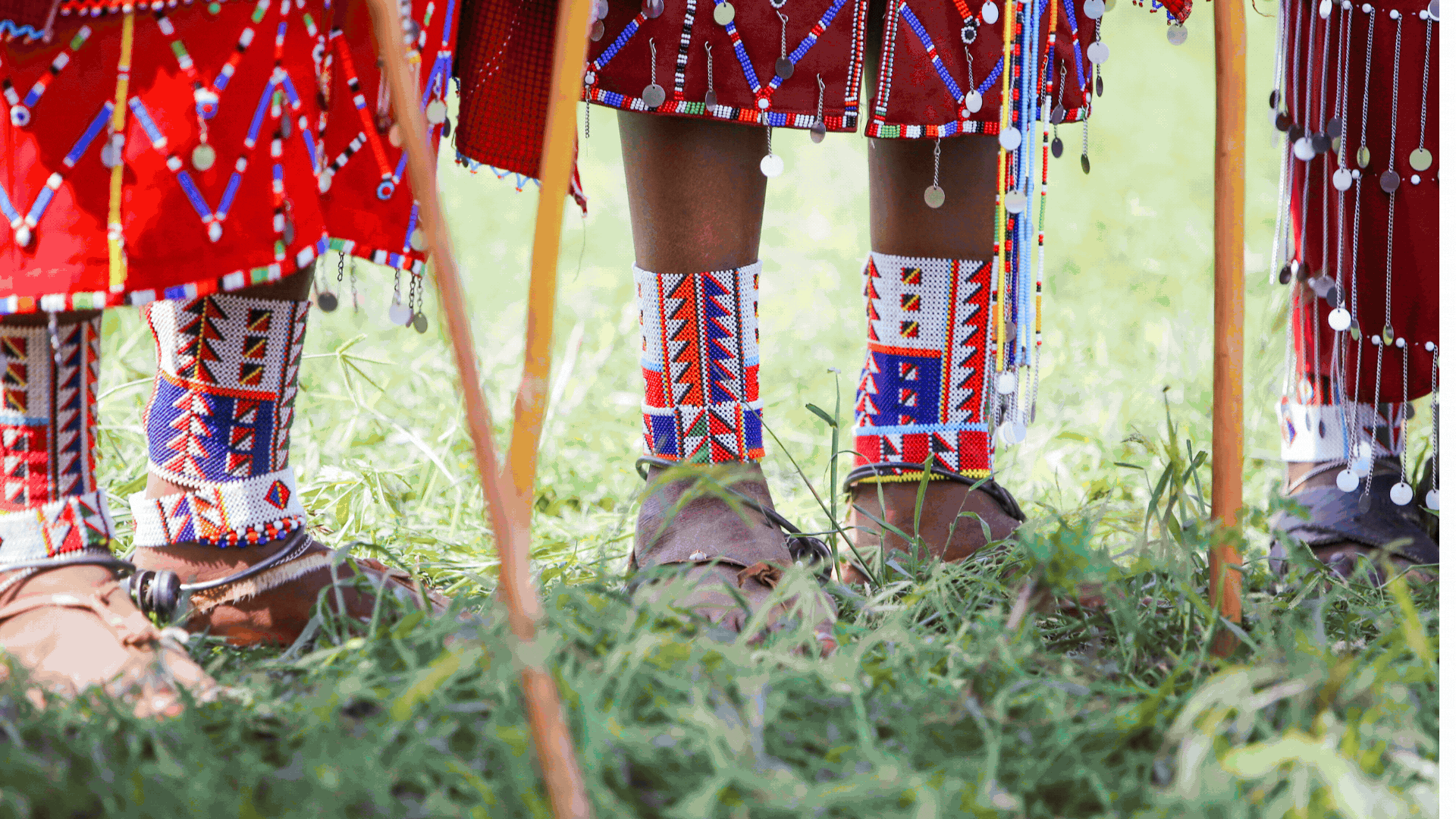 “The Maasai Olympics keep us busy,” Lekatoo says, clutching his two new medals. “It’s no longer about who can kill the most lions. It’s about competing for medals and cash prizes, and protecting our heritage.”
“The Maasai Olympics keep us busy,” Lekatoo says, clutching his two new medals. “It’s no longer about who can kill the most lions. It’s about competing for medals and cash prizes, and protecting our heritage.”
For Lekatoo, the event is more than just a competition. It’s a powerful reminder of the importance of conservation, a cause championed by Big Life Foundation, the organization behind the Maasai Olympics. As lion populations dwindle due to habitat loss and human-wildlife conflict, this initiative offers a way to preserve not only the lions but also the Maasai way of life.
An Olympic event set with deep roots in Traditions.
Each event reflects the traditional skills of the Maasai warriors. The rungu (club) throwing competition showcases precision and strength, while the high jump; a unique Maasai tradition; demonstrates agility and grace. In the long-distance races, endurance takes center stage, mirroring the stamina required of warriors who once roamed these plains.
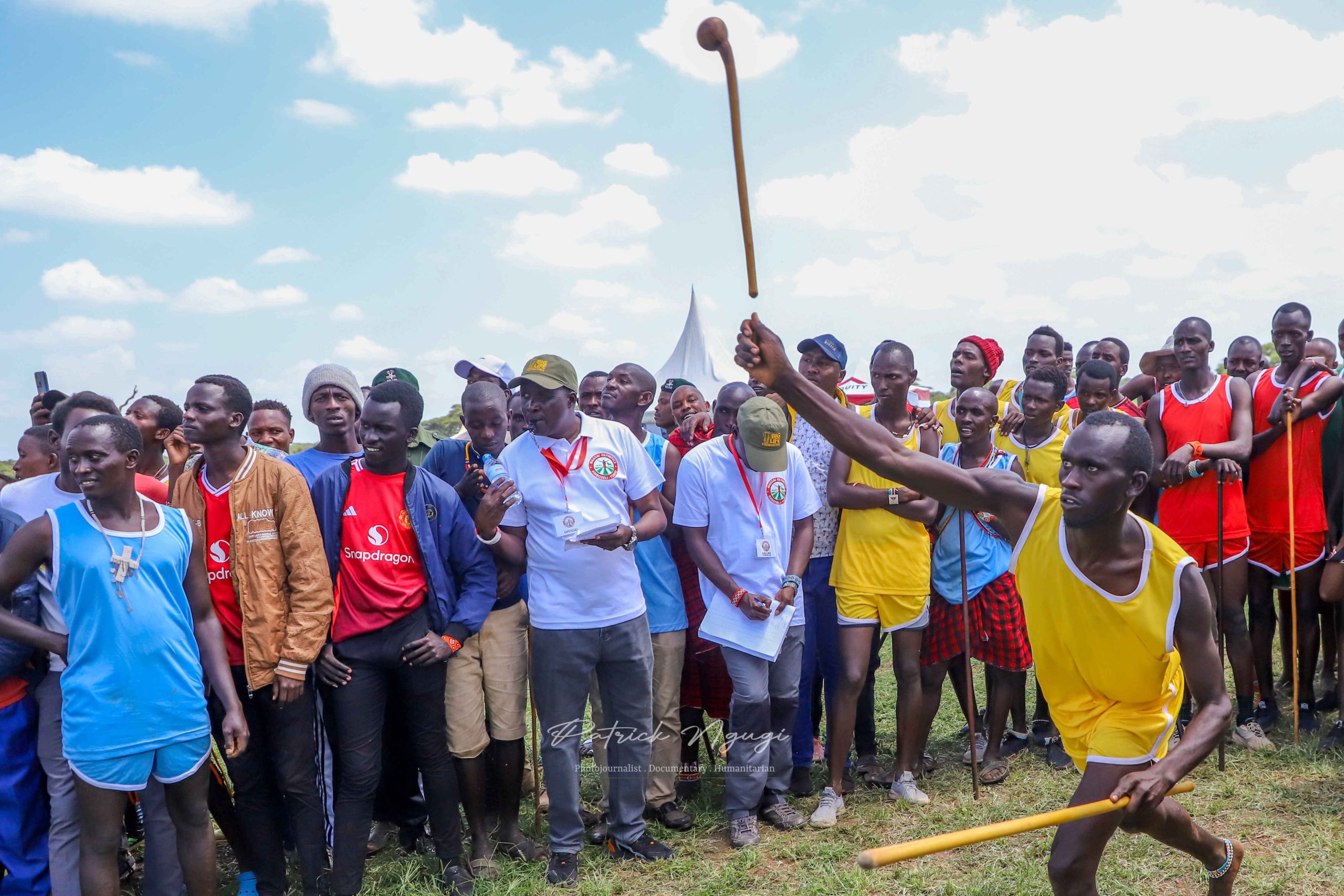
As the sun blazes fiercely overhead, the warriors push themselves to their limits. The roar of the crowd rises with every victory, their excitement palpable. The atmosphere is electric, a blend of camaraderie and fierce rivalry.
A New Tradition Takes Root among the Maasai
The Maasai Olympics are more than just a sporting event, they are a celebration of resilience, adaptability, and hope. By replacing lion hunting with athletic competition, the Maasai have found a way to honor their traditions while embracing a sustainable future.
The event also fosters environmental stewardship. Beyond the thrill of competition, participants and spectators learn about the importance of protecting their land and its wildlife. Conservation is no longer an abstract concept; it’s woven into the fabric of the Maasai culture.
The Future of the Plains of Amboseli
As the games draw to a close, the warriors disperse, medals glinting in the late afternoon sun. The breeding bull, the ultimate prize, stands as a symbol of the Maasai’s commitment to their heritage and the environment.
Standing under the vast African sky, I am struck by the significance of this event. The Maasai Olympics are not just about winning medals, they’re about preserving a way of life, one that celebrates bravery, community, and the delicate balance between humanity and nature.
For the Maasai, the hunt for medals has replaced the hunt for lions. And for the lions, this shift may just be their saving grace.
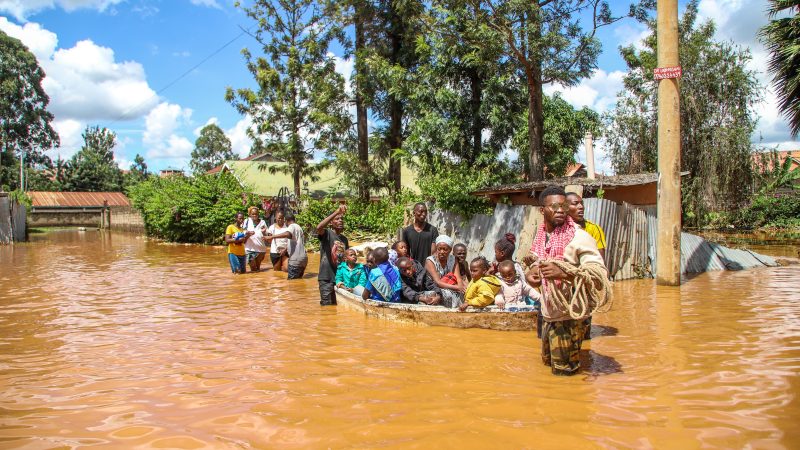
The Untold Stories of Nairobi’s Flood Victims
The rains began with a gentle drizzle, the kind Nairobians have long welcomed to ease the city’s dust-filled air. But what started as a reprieve quickly turned into a relentless downpour, swelling rivers and overwhelming drainage systems. Within hours, entire neighborhoods were submerged, turning bustling streets into canals of murky water.
The floods hit hardest in vulnerable areas — Githurai, Mathare slums, and along Langata Road — where homes stood no chance against the rising tide. In Mathare, Many of the affected resided on the banks of River. Just as close as the river Bank. Some of their structures were built on top of the now Devastating river.
In Githurai, the floodwaters came with a quiet menace, creeping into homes in the dead of night. By dawn, the neighborhood was unrecognizable. Concrete walls stood half-drowned, while belongings floated aimlessly in the brown currents. Women clutched their children, stranded in their now-flooded homes, their faces painted with fear as the water climbed higher. Many had spent the now Ling nights on their rooftops. Everything in their houses was now underwater.
Amid the chaos, a canoe appeared, a makeshift rescue vessel, navigated by local youth. The boat cut through the water, moving door to door. Mothers wrapped their babies in blankets, pressing them close to shield them from the cold. The canoe bobbed as frightened faces peered out from windows, their eyes reflecting both relief and terror. One woman, her voice shaking, whispered, “I didn’t think we would make it.”
The air was heavy with the smell of dampness and despair, but in that small canoe, there was hope; a fragile lifeline against the rising tide.
In the labyrinth of Mathare slums, the floodwaters spared no one. Narrow alleyways became rivers, and homes built on fragile foundations crumbled under the pressure. Children waded through waist-high water, their small hands clutching plastic containers to keep whatever possessions they could salvage dry.
Among them was Aisha, a single mother of three, who watched helplessly as the water swallowed her bed and stove. “Everything is gone,” she murmured. But even in her loss, she found strength. Neighbors formed human chains, passing supplies from hand to hand bread, bottled water, and clothes; whatever they could gather to help one another survive.
Langata Road, one of Nairobi’s busiest arteries, became a dividing line between those who could drive away and those left stranded. Cars floated like paper boats, their horns silenced by the water. Commuters stood huddled under bus shelters, watching the floodwaters rise, unsure whether to wade through or wait it out.
On the bridge near Wilson Airport, a group of boda boda riders turned into unexpected heroes. They carried stranded passengers one by one across the flooded road, charging nothing but gratitude. “We are all in this together,” one rider said, his clothes soaked through. “If we don’t help each other, who will?”
The floods laid bare the fragile infrastructure of Nairobi, exposing the cracks in a city already stretched thin by the effects of climate change. Yet, in the midst of the disaster, the human spirit endured. Strangers became rescuers. Communities became families. And amid the murky waters, stories of quiet heroism emerged; stories that deserve to be told.
As the rains subside and the waters recede, Nairobi will rebuild. But the memories of these days; the fear, the loss, and the small acts of kindness – will linger long after the floodwaters are gone.
Contact Me Today

Patrick Ngugi
Chief PhotographerCurrently Based In Nairobi. I am available for freelance work. Travel Ready. You can Always reach me on contacts provided below.
Phone: +254738823383 Email: info@patrickngugi.com







